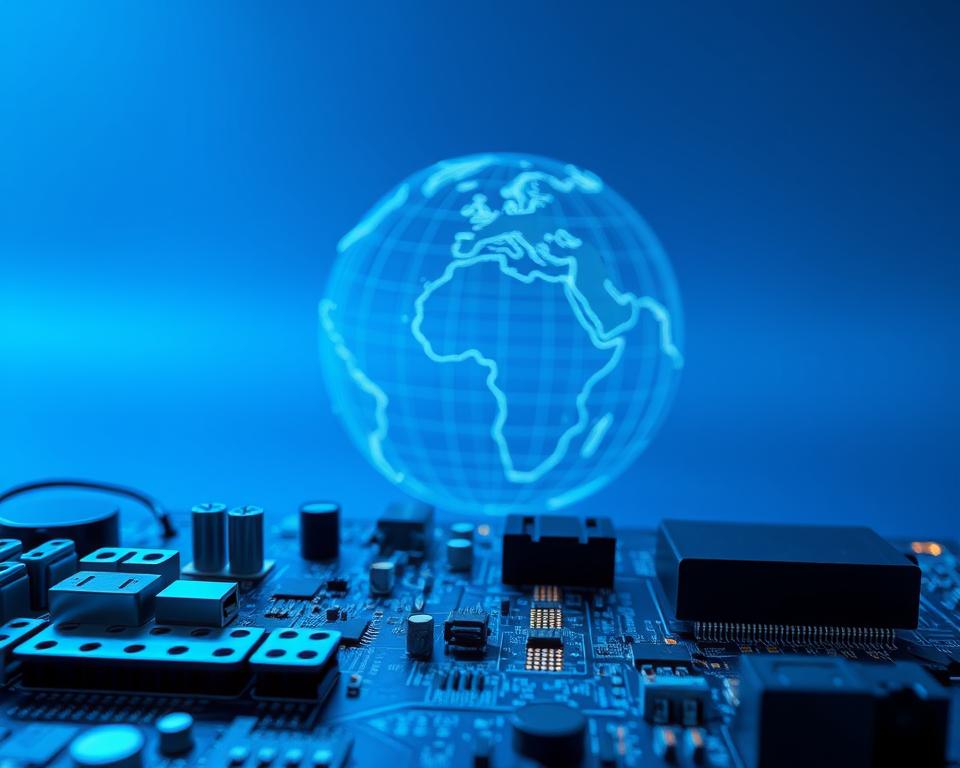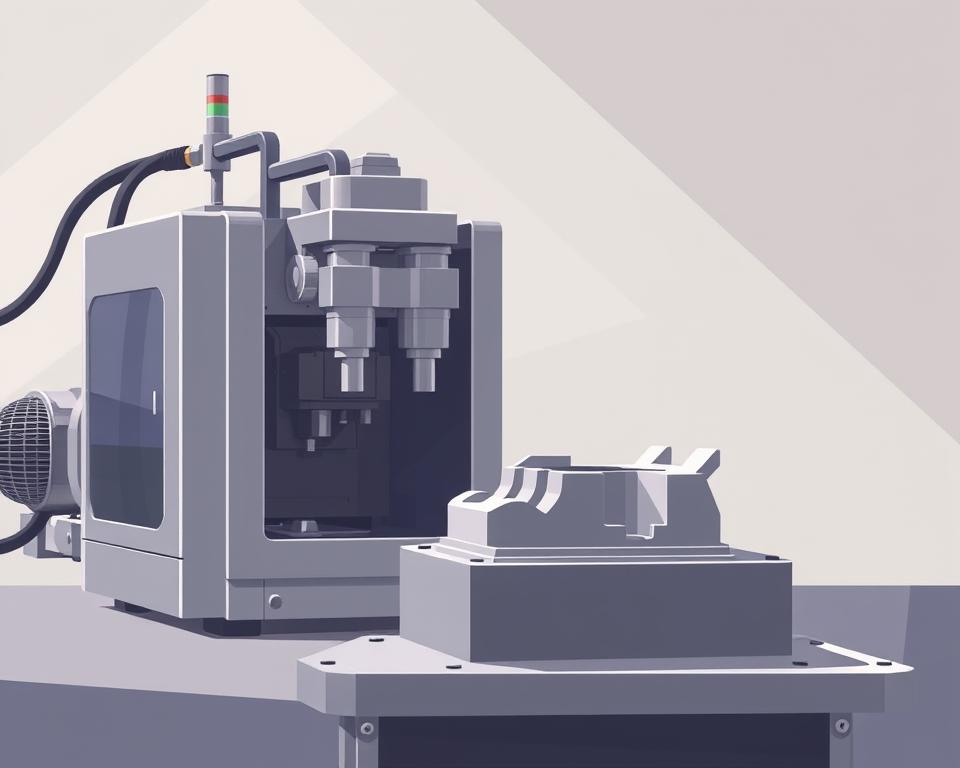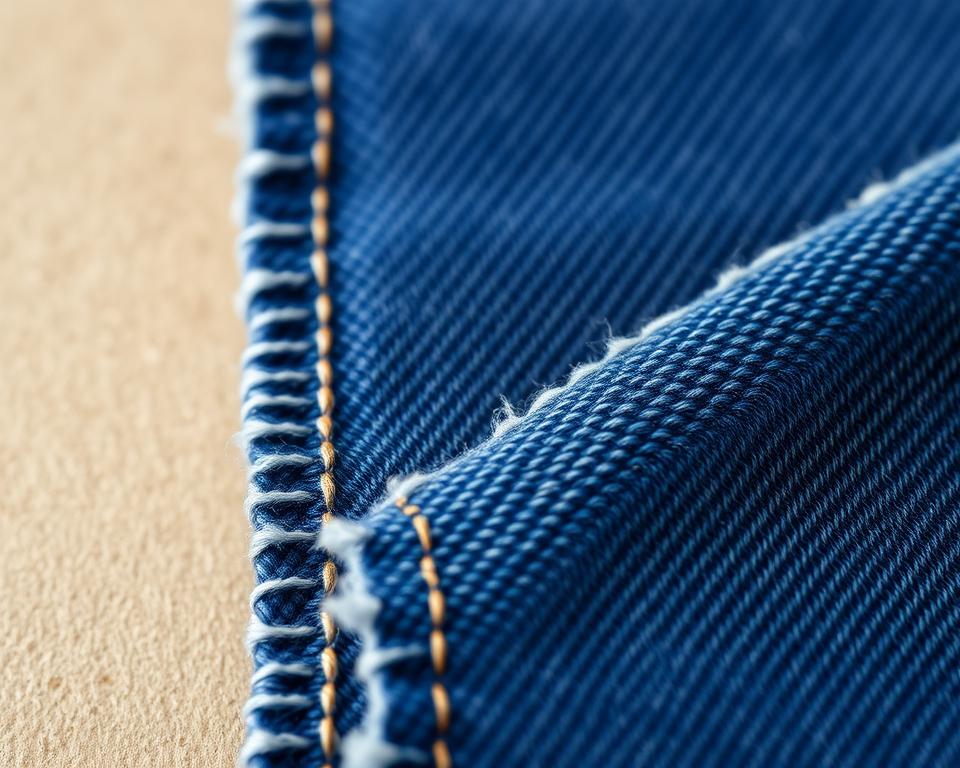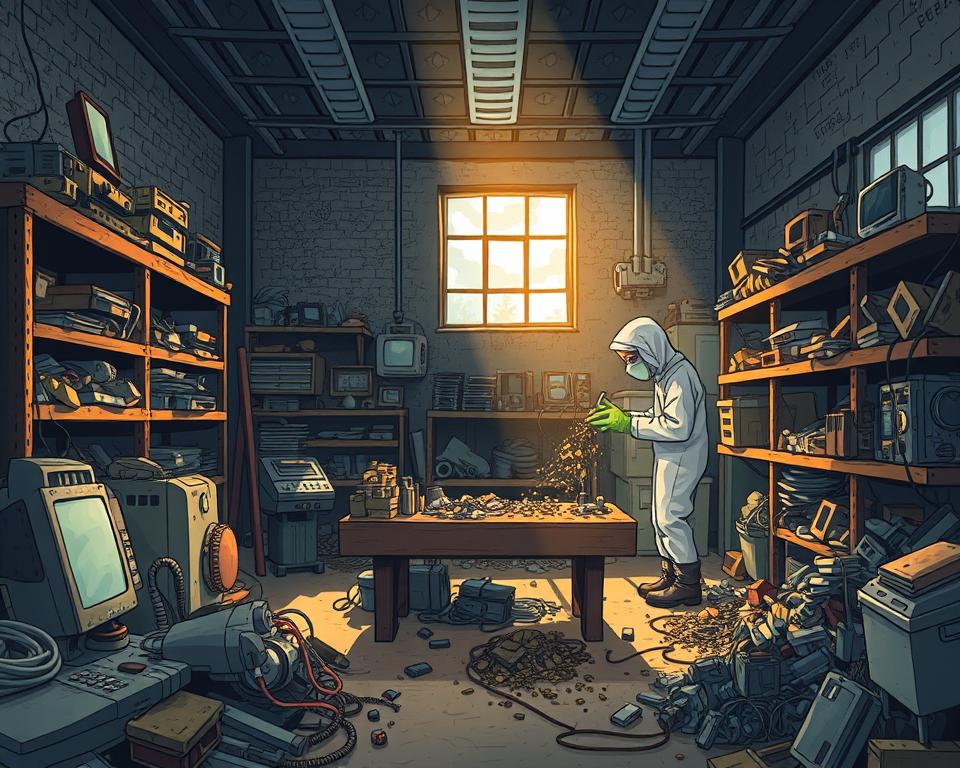The Next Era of Information Transmission: Fiber Optic Networking Innovations
Did you know a single hair-thin strand can now carry more than 100 Tbps of information each second? That’s enough to stream 12 million HD movies simultaneously—a leap from the 1950s, when scientists first harnessed light to send basic signals.
- Data transmission rates 100x faster than old copper lines
- Zero interference from power lines or radio signals
- Ability to handle 5G infrastructure and 8K video
| Feature | Copper Wiring | Fiber Optic Cables |
|---|---|---|
| Data Rate | Up to 10 Gbps | 100+ Tbps |
| Distance | 100 meters | Over 70 km |
| Privacy | Easily tapped | Extremely hard to intercept |
Optical signals reflect within glass cores via total internal reflection, like a laser ricocheting through a mirrored tunnel. This optical principle avoids data loss across vast spans. As video calls and smart devices multiply, these cables keep networks from collapsing under data weight – Fiber cable sheathing line.
Evolution of Fiber Optic Communication Technology
Decades of innovation transformed light-based data transfer from theory to reality. Scientists in the 1950s found glass fibers can channel light—a concept that reshaped modern connectivity.

Early Experiments and Pioneers
In 1952, Narinder Singh Kapany demonstrated that light could propagate through curved glass fibers. His work coined the term “fiber optics” and laid the foundation for today’s networks. Alongside Harold Hopkins, he developed flexible imaging bundles that later inspired data transmission methods.
By the 1960s, laboratory trials showed these fibers had real-world applications. Early systems faced challenges like signal loss, but persistent testing refined their design. Researchers found that ultra-purified glass cores extend signal reach with minimal distortion.
Key Fiber Optic Breakthroughs
The 1970s marked a turning point with the first commercial installations. Telephone companies adopted cables that replaced copper lines, boosting call clarity and capacity. Corning Glass Works achieved a critical breakthrough in 1970—low-loss optical fiber that could transmit signals over 65 kilometers.
| Date | Achievement | Significance |
|---|---|---|
| 1977 | First live phone traffic | Validated practical dependability |
| 1988 | Launch of TAT-8 transatlantic link | Connected continents |
| 1990s | Erbium-doped amplifiers | Enabled long-distance networks |
Modern advancements focus on speed and scalability. Dense wavelength-division multiplexing (DWDM) now lets single strands carry multiple data streams simultaneously. Such progress connects laboratory research to worldwide network infrastructures.
Basic Principles of Fiber Optic Data Transfer
Given light’s unmatched speed, it’s a perfect medium for data transmission. This simple idea powers modern networks. Rather than electrons in metal cables, photons traverse geographic barriers. Here’s how it works.
Photons vs. Electrons: Why Light Wins
Light pulses carry information more efficiently than electricity. Photons:
- Move at 186,000 miles per second (99.7% light speed)
- Generate no heat or EMI
- Can carry multiple signals at once using different wavelengths
| Factor | Electron Signaling (Copper) | Photons (Glass) |
|---|---|---|
| Data Rate | Up to 10 Gbps | 100+ Tbps |
| Interference | Affected by power lines | Unaffected by EMI |
| Power Consumption | High | Low |
The Mirror Effect Inside Glass Strands
Photons remain confined within the fiber’s core by total internal reflection. Because the core’s refractive index exceeds that of the cladding. When light hits the boundary at a steep angle, it bounces back like a mirror, staying on course for miles.
This design prevents signal loss. Over extensive spans, nearly 95% of photons arrive intact. Combined with laser precision, it ensures your video calls stay crisp and your downloads finish fast.
Different Types of Fiber Optic Cables
Fibers come in diverse designs. Choosing depends on required reach and bandwidth demands. Below are the two primary classifications and their distinct features.
| Feature | SMF | MMF |
|---|---|---|
| Core Diameter | 9 µm | 50–62.5 µm |
| Bandwidth | 100+ GHz | ~35–500 MHz |
| Maximum Span | ~120 mi | ~1,600 ft |
| Common Uses | Telecom networks | Local area networks |
Hospitals use single-mode for MRI image transfers between buildings. Educational institutions choose multi-mode for intra-campus video streaming on a budget. Each cable category maintains connectivity, tailored to specific needs.
Fiber Optic Cable Construction and Key Components
Ever wondered what keeps your internet running smoothly during a storm This is due to advanced cable engineering. These high-tech threads use multiple layers to protect data while traveling at light speed.
Core, Cladding & Coating Explained
Each fiber’s core is ultra-thin, even narrower than human hair. This ultra-pure strand carries light signals using total internal reflection. Surrounding it, the cladding layer acts like a mirror, bouncing stray photons back into the core.
An acrylate polymer coating encases the cladding and core. This 250-micron shield prevents scratches and moisture damage. Together, these components form the light-carrying highway inside every optical fiber.
Armoring and Outer Protection
Kevlar® reinforces the coated core, ensuring tensile strength. These aramid fibers absorb tension during installation, preventing breaks when pulling cables through conduits. A PE jacket atop resists environmental hazards, chemicals, and rodent gnawing.
| Component | Substance | Role |
|---|---|---|
| Core | Pure silica glass | Light transmission |
| Cladding | Doped silica | Signal containment |
| Coating | Acrylate polymer | Physical protection |
| Jacket | Polyethylene | Environmental shield |
Color coding matters too—orange jackets denote multi-mode cables, while yellow marks single-mode versions. This simple system helps technicians quickly identify cable types during installations or repairs.
How Fiber Carriers Transmit Data
What enables near-light-speed data transfer with minimal loss? The answer lies in converting electrical signals into precise flashes of light. Each pulse represents binary code—flashes for 1s, gaps for 0s—creating a rapid-fire Morse code only lasers can read.
Optical Signaling Mechanics
Lasers fire 500 million light pulses per second through glass pathways. By using QAM-16, four bits encode per pulse, multiplying throughput – Fiber coloring machine. Such optical signaling is virtually immune to EMI that plagues copper lines.
Managing Dispersion & Attenuation
Two main challenges disrupt flawless transmission:
- Wavelength dispersion: Various wavelengths travel at dissimilar velocities.
- Modal dispersion: Multiple ray paths diverge in multi-mode fibers.
Modern cables combat these issues through:
| Remedy | Effect | Improvement |
|---|---|---|
| Doped glass cores | Equalizes wavelength speeds | ~40% reduction in pulse broadening |
| Digital signal processors | On-the-fly error mitigation | 99.999% accuracy |
High-end fibers reduce attenuation to ~0.15 dB/km, improving by ~92% over initial versions. Combined with anti-interference coatings, these innovations maintain data integrity across continents. The result? Your video call to Tokyo stays crystal clear, even during a thunderstorm.
Sophisticated Fiber Networking Techniques
How do video streams remain stable amid storms? It involves connectors and installation practices that underpin contemporary communications. Such gear guarantees uninterrupted data transfer regionally and globally.
Connectors and Splicing Techniques
Robust networks begin with correct fiber terminations. SC connectors offer tool-less insertion; LC connectors compress for high-density environments. MPO/MTP assemblies group fibers for bulk connections, ideal for hyperscale facilities.
Splicing primarily uses two approaches:
- Fusion splicing: Joins fiber ends by fusing, achieving minimal insertion loss.
- Mechanical jointing: Aligns fibers with precision sleeves for quick repairs.
| Connector Type | Best For | Insertion Loss |
|---|---|---|
| SC | Commercial infrastructures | ~0.25 dB |
| LC | Dense patch panels | 0.20 dB |
| MPO | Data center interconnects | ~0.35 dB |
Contemporary Network Architectures
Today’s architectures demand flexible installations. Micro-duct systems permit cable blowing; armored jackets resist severe environments. In smart cities, fibers weave through traffic lights and security cameras, creating responsive urban networks.
Telecom operators roll out hybrid assemblies, merging electrical and optical conductors. This approach supports 5G towers and IoT devices simultaneously, proving that smart design keeps pace with our connected world.
Bandwidth and Throughput Advantages
Think of data as water flowing through pipes—the wider the pipe, the more you can move at once. This bandwidth concept explains why modern networks need glass-based systems. Where copper struggles like a garden hose, advanced cables act as firehoses, handling thousands of HD streams simultaneously.
- Photons moving at ~186,000 mi/s
- Multiple data streams via wavelength multiplexing
- FEC slashes retransmissions by ~80%
| Decade | Peak Throughput | Price per Gigabyte |
|---|---|---|
| 1980s | 45 Mbps | $1,200 |
| 2000s | 10 Gbps | $0.12 |
| 2020s | 178 Tbps | $0.0004 |
Bandwidth directly impacts what we can do online. Videoconferencing needs 5 Mbps per user, while VR demands 50 Mbps. As NEC’s 2023 report shows, networks using glass cables support 40x more users than copper alternatives at half the energy cost.
“Every dollar invested in high-capacity networks yields $3.80 in economic growth through improved productivity.”| “Each \$1 poured into high-bandwidth infrastructure returns \$3.80 in productivity gains.”
Enhanced performance trims OPEX. Fiber extends ~60 mi between regenerators, unlike copper’s ~3,000 ft spans. This efficiency enables 8K video streaming, real-time AI processing, and seamless cloud backups—all while keeping your monthly bill under $100.
Overcoming Interference and Signal Loss in Fiber Systems
Ever tried making a call during a thunderstorm only to hear static Copper wiring falters when EMI spikes. But glass-based systems laugh it off. These cables use light instead of electricity, making them immune to electromagnetic noise from power lines, radios, or even lightning strikes.
Built-In Noise Cancellation
While copper acts as an antenna, fiber is non-conductive. Hence, optical networks remain unaffected by external interference. Industrial trials in 2023 recorded ~92% fewer errors with fiber vs. legacy copper – fiber ribbone line.
Engineers combat signal loss through three key strategies:
- High-purity cores minimize photon scattering
- Accurate laser coupling decreases insertion loss
- Protective coatings prevent moisture damage
| Factor | CM | Fiber |
|---|---|---|
| Noise Susceptibility | Significant | Negligible |
| Attenuation per Mile | ~3 dB/mi | 0.2 dB |
| Service Frequency | Monthly checks | ~Yearly reviews |
“Our factory’s error rates dropped 80% after switching to light-based networks—no more machine downtime from radio interference.”| “After switching to fiber, error rates fell by 80%, eliminating downtime from RF noise.”
These cables thrive where others fail. Undersea lines resist seawater attack; desert runs survive sandstorms. With 99.995% uptime ratings, they’ve become the backbone of mission-critical systems worldwide.
Fiber Optics in Telecommunications and Internet Connectivity
What delivers instant streaming from overseas servers? Fiber networks serve as the neural pathways of today’s Internet. These systems power everything from streaming services to stock market trades, using light to bridge continents.
Long-Distance & Metropolitan Fiber Deployment
Transcontinental cables stretch over 750,000 miles under oceans, carrying 99% of global internet traffic. In cities, metro networks link cell towers and offices using hair-thin strands. Transmitters convert electrical signals to light pulses, while receivers decode them at destinations.
| Attribute | Copper Networks | Fiber Infrastructure |
|---|---|---|
| Speed | ~1 Gbps | 100 Tbps |
| Latency | ~5 ms per km | ~0.005 ms per km |
| Reliability | 99.9% | ~99.995% |
Data Center & Cable Television Uses
Data centers rely on these cables for inter-rack communication, moving petabytes daily. Cable providers deliver 4K content through hybrid fiber-coaxial systems. Verizon’s 2023 upgrade cut buffering complaints by 73% in urban areas.
Three economic benefits drive adoption:
- Maintenance costs ~60% lower than copper systems
- Scalability to handle 5G demands
- Energy consumption ~40% less per data volume
From Wall Street to undersea cables, fiber networks demonstrate that high speed and stability go hand in hand. As one engineer noted: “You can’t beat light for moving mountains of data.”
Next-Generation Fiber Innovations
Imagine networks accommodating 8 billion simultaneous video streams. Upcoming breakthroughs promise to redefine data mobility. Advanced transceivers and modulation schemes drive network evolution.
Advancements in Laser Transmitters and Photodetectors
Modern lasers now fire 200 wavelengths simultaneously—up from just 40 a decade ago. They deliver ~5× the output at ~30% reduced consumption. Paired with graphene-enhanced detectors, they spot faint light signals other devices miss.
Key breakthroughs include:
- Lasers with narrow linewidths cut optical noise by ~90%
- Photonics-integrated circuits shrinking hardware size
- Machine-learning calibration optimizes performance in real time
Coherent Transmission and Multiplexing Techniques
Coherent systems treat light like radio waves, encoding data in its phase and amplitude. This trick boosts capacity 16-fold compared to older on-off signaling. When combined with wavelength-division multiplexing (WDM), single strands carry 800+ data streams.
| Technique | Channels | Speed Gain |
|---|---|---|
| DWDM | ~160 | 80 Tbps |
| OFDM | 512 | ~120 Tbps |
| SDM | Multi-core fibers | 1 Pbps* |
*Experimental (NTT, 2023)
These systems integrate smoothly with existing infrastructure. In 2024, Verizon’s coherent deployment doubled bandwidth on existing fiber routes. As one engineer noted: “We’re teaching old cables new tricks—the best is yet to come.”
Global Standards and Design Considerations
How do international calls remain glitch-free? Universal protocols guarantee seamless interoperability across diverse systems. Absent these specs, infrastructure would face mismatches and inefficiencies.
| Standard | Scope | Impact |
|---|---|---|
| ITU G.652 | Single-mode transmission | Supports >100 Gbps links |
| IEC 60793-2-50 | Durability standards | Ensures 20-year lifespans |
| ITU G.654 | Subsea cables | Prevents saltwater corrosion |
Testing & Quality Benchmarks
Consistent testing keeps networks running smoothly. Key benchmarks include signal loss (under 0.25 dB/km) and tensile strength (minimum 50 Newtons). Vendors conduct over 200 quality tests, including thermal and bend stress trials.
“Our compliance with IEC 61300-3-35 reduced installation errors by 65% last year.”| “Adhering to IEC 61300-3-35 led to a 65% drop in deployment mistakes.”
Verified components and accurate technical data prevent costly mistakes. Technicians rely on uniform color schemes and termination practices to link heterogenous gear flawlessly. This harmony keeps global data flowing without hiccups.
Real-World Fiber Deployment Examples
How can metropolises support massive concurrent streaming demands? Real-world deployments show how smart planning and advanced cables keep our digital world running smoothly. Let’s explore two groundbreaking projects that reshaped global connectivity.
Urban Deployments and Metro Networks
NYC’s Metro Fiber initiative addressed slow copper infrastructure, which hindered business connectivity by ~40%. Engineers installed 800 miles of micro-trenched cables under sidewalks, avoiding subway tunnels and gas lines. Outcomes: Latency fell from ~14 ms to ~2 ms; throughput increased by ~600%.
| Challenge | Solution | Result |
|---|---|---|
| Subsoil crowding | 3D mapping for route optimization | 92% faster installation |
| EMI challenges | Armored MC fiber | ~99.99% reliability |
| Funding limits | Public-private partnerships | ~30% fewer expenses |
Subsea and Transcontinental Examples
MAREA spans ~4,000 mi from Virginia to Spain, delivering ~160 Tbps over 8 pairs. Installation crews faced 10,000-foot depths and shark bites, using robotic subs to bury strands in seabed sediment. Costing \$160M, it transmits ~55% of transatlantic data.
“Subsea systems require 200+ design revisions before deployment. Every meter matters when you’re laying cable across tectonic plates.”| “Over 200 design iterations are typical for undersea cables. Small changes hugely impact viability across plates.”
Key differences between deployment types:
- City installations prefer bend-insensitive fiber for tight paths
- Subsea systems require titanium-reinforced sheathing
- Remote installations leverage solar-powered repeaters
Either method shows how sound engineering and robust materials revolutionize data transport. Spanning city high-rises to sea depths, fiber underpins today’s digital existence.
Fiber Economics & Growth Potential
What fuels today’s streaming surge and telecommuting trend? The answer lies in networks that combine upfront investment with long-term savings. While initial deployment costs can reach \$60,000 per mile, these systems deliver unmatched value over decades of service.
Strategic Investment for Scalability
Upgrading to advanced networks cuts operational costs by 40% compared to copper systems. Fewer repairs are needed—no more corrosion issues or EMI troubleshooting. A 2024 study showed:
| Expense Category | Legacy Systems | Modern Networks |
|---|---|---|
| Installation | ~\$45/m | \$28/meter |
| Power Consumption | 5W per device | 1.2W per device |
| Service Calls | 12/year | 2/year |
Global investment trends confirm this shift. Telecom giants plan to spend \$150 billion through 2027 expanding infrastructure. Locale upgrades hit ~300% ROI in 5 years via boosted efficiency and minimized outages.
Overcoming Rollout Challenges
Despite clear benefits, cities face three key challenges:
- Permit processes can extend schedules by ~18 months
- Scarcity of skilled fiber technicians
- Community pushback against trenching
“Our Phoenix deployment took 22 months instead of 14 due to permit bottlenecks. Still, the network boosted local GDP by \$380 million annually.”| “Phoenix’s build required ~22 months, not 14, over permit delays—but delivered ~\$380M/year in GDP uplift.”
Novel remedies appear. Micro-trenching reduces street disruption by 80%, while public-private partnerships share financial risks. Such strategies enable cost-effective, scalable fiber deployment.
Cutting-Edge Fiber & Future Outlook
Fiber backbones are receiving performance upgrades. Scientists explore sub-micron fibers and advanced modulations beyond existing standards. These leaps promise to shrink global delays while handling tomorrow’s data avalanches.
Next-Generation Fiber Technologies
MIT’s 2024 experiments suggest hollow-core fibers (air-filled) may cut latency ~30%. These tubes guide light through vacuum-like channels, reducing signal drag. Parallel multi-core fibers embed seven channels in one sheath, boosting throughput ~4×.
| Metric | Today’s Specs | Future Projection |
|---|---|---|
| Speed | 100 Tbps | ~1.2 Pbps |
| Range | ~70 km | ~150 km |
| Energy Use | 0.5 W/device | ~0.15 W/device |
New multiplexing schemes squeeze 400 wavelengths into single strands—up from 160 today. This spectral densification enables 8K VR without congestion.
Integration with 5G and Beyond
6G networks will lean heavily on upgraded cables to support millimeter-wave frequencies. Dallas field tests achieved ~10 Gbps wireless throughput over robust fiber backhaul.
- 5G small cells need fiber links every 500 feet
- Satellite-ground stations require low-latency connections
- Industrial IoT setups demand real-time fiber-based data for automated systems
A 2023 Nokia study found networks using advanced modes reduced 5G latency by 82%. As one engineer noted: “Wireless needs wired bones—the faster the backbone, the smoother the airwaves.”
Final Thoughts
The unseen fibers linking our digital lives continue evolving. Material science and engineering leaps have moved us from copper constraints to optical velocity. Today’s networks prove faster isn’t just better—it’s essential for streaming, surgeries, and stock markets alike.
Today’s networks succeed due to clever engineering. Plastic-based protective layers shield delicate glass cores, while global standards ensure seamless compatibility. These innovations slash energy use by 40% compared to older methods, making high-speed access both sustainable and scalable.
Challenges remain, like installation costs and public awareness. Still, ROI is strong—each \$1 spent returns ~\$4 in economic output. With 5G proliferation and AI requiring instant data, robust fiber backbones are imperative.
Future endeavors will extend these frontiers. Hollow-core cables and multi-wavelength tricks could soon make today’s speeds look quaint. Undoubtedly, information exchange will advance further, fueled by our relentless drive for faster, broader, and more intelligent connectivity.


